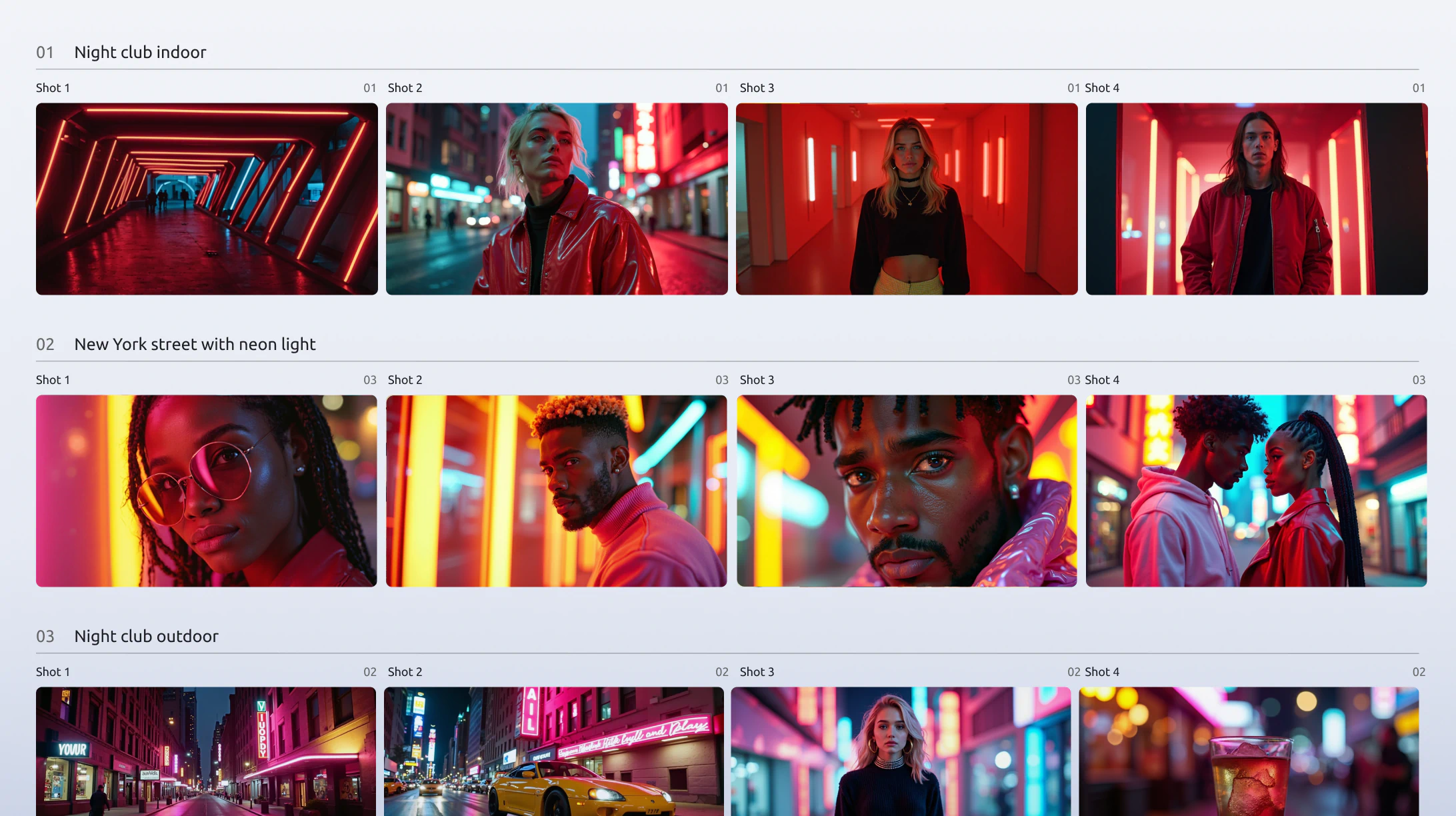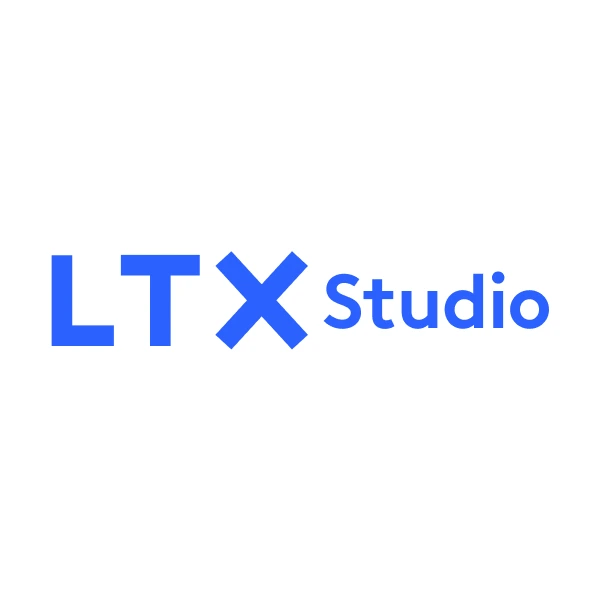Pulp Fiction’s non-linear narrative. The Social Network’s fast dialogue. Get Out’s suspenseful pace. Every film starts as words on pages. Screenplays turn ideas into blueprints directors and crews execute.
What is a screenplay and how can tools like LTX help develop scripts? Let’s explore the written foundation of filmmaking.
{{blog-banner-video06}}
What is a Screenplay?
A screenplay is the written script for a film containing dialogue, action and technical instructions. Also called a script, it’s the blueprint for production. Screenplays describe what the audience sees and hears using specific formatting conventions.
Screenplays matter because they’re the foundation of filmmaking. Every department works from the script. Producers budget from it. Directors visualise from it. Actors perform from it. Strong screenplays make great films.
The format uses industry standard conventions. Proper formatting communicates information efficiently. Screenwriters follow strict rules about margins, spacing and element placement.
Screenplay Meaning
The screenplay meaning encompasses both the physical script document and the craft of writing for screen. Unlike novels, screenplays show not tell. They’re visual documents translated into images and performances.
Understanding what screenplays are reveals they’re technical documents and creative works simultaneously. The format serves practical production needs while expressing artistic vision. Screenwriters balance creativity with format requirements.
Screenplays are different from stage plays. Plays focus on dialogue with limited locations. Screenplays focus on visual storytelling with unlimited settings. Film format allows intercutting, close-ups and cinematic techniques impossible on stage.
Screenplay Examples
Notable screenplay examples demonstrate different storytelling approaches and formats.
Chinatown by Robert Towne is a tight mystery structure. Every scene advances plot while deepening character. The screenplay’s careful reveals create perfect pacing. Considered one of the best scripts in cinema.
Pulp Fiction by Quentin Tarantino is non-linear structure. The screenplay jumps through time creating thematic connections. Distinctive dialogue defines character voices. The script proved unconventional structures work.
The Social Network by Aaron Sorkin is fast dialogue. Overlapping conversations and dense information. The screenplay turns Facebook’s founding into a drama.
Get Out by Jordan Peele is horror and social commentary. The screenplay layers genre thrills with deeper meaning. Tight structure keeps suspense throughout.
Moonlight by Barry Jenkins is character study. The three-act structure follows the protagonist across life stages. Sparse dialogue emphasizes visual storytelling and atmosphere.
Screenplay Guide
Writing screenplays requires understanding format and storytelling principles.
Learn the format using industry standards. Scene headings indicate location and time. Action lines describe visuals briefly. Character names above dialogue. Parentheticals guide performance subtly.
Follow page-count rules where one page equals roughly one minute of screen time. Feature films are 90-120 pages. Short films match intended runtime. The rule helps estimate final length.
Show don’t tell through visual action. Screenplays describe what the camera captures. Internal thoughts require external expression. Characters’ emotions show through action and dialogue.
Write lean action lines keeping descriptions concise. White space on the page creates readable flow. Dense paragraphs slow reading. Professional scripts balance information with readability.
Create distinct character voices through dialogue. Each character should sound unique. Avoid exposition-heavy speeches. People reveal information naturally through conversation.
Structure stories effectively using three-act or alternative structures. Inciting incidents hook the audience early. Rising action builds tension. Climaxes deliver payoffs. Resolutions wrap up the narrative satisfyingly.
Revise extensively improving drafts through multiple passes. First drafts establish structure. Subsequent drafts refine dialogue, pacing and character. Professional scripts go through many revisions.

Screenplay Types
Different screenplay types serve different production formats and storytelling needs.
Feature screenplays are 90-120 pages for theatrical films. They develop complex narratives with multiple character arcs. The format allows for deep thematic exploration and elaborate plotting.
Short film screenplays are 1-40 pages. They focus on one idea or moment. Short scripts require economy and precision.
Television screenplays include episodic scripts for series. Pilot episodes introduce concepts and characters. Regular episodes maintain the established format. Hour-long dramas are 50-60 pages. Half-hour comedies are 25-35 pages.
Spec screenplays are written speculatively without assignment. Writers create original scripts hoping to sell them. Specs showcase voice and talent to the industry.
Assigned screenplays are written under contract. Studios or producers commission writers for specific projects. The work follows the brief and deadline.
Adaptations take existing material and turn it into screenplays. Books, plays or true events become film scripts. Adaptation means translating one medium’s strengths into another’s.
Developing with LTX
LTX helps writers develop and visualise screenplays faster.
Use the AI script generator to develop story structures. Generate screenplay outlines and scene descriptions. Refine your narrative with AI help.
Turn scripts into storyboards instantly. See how written scenes look. Identify pacing and structural issues early.
Generate pitch materials for your script. Create a compelling story summary. Develop your pitch alongside your screenplay.
Test different narrative approaches quickly. Generate multiple script versions. See which structures work best.
Create a script-to-video demo. Show how your screenplay looks on screen. Prove your concept before you produce.
Conclusion
Screenplays are the written foundation for all films. From dialogue to action, scripts describe everything the audience sees. Good screenwriting is the key to great filmmaking across all genres and formats.
With LTX, writers can develop screenplays and visualise them at the same time. Modern tools bridge writing and visualisation, so screenwriters can see their story unfold as they write.
Heading
November 16, 2025


















.png)





